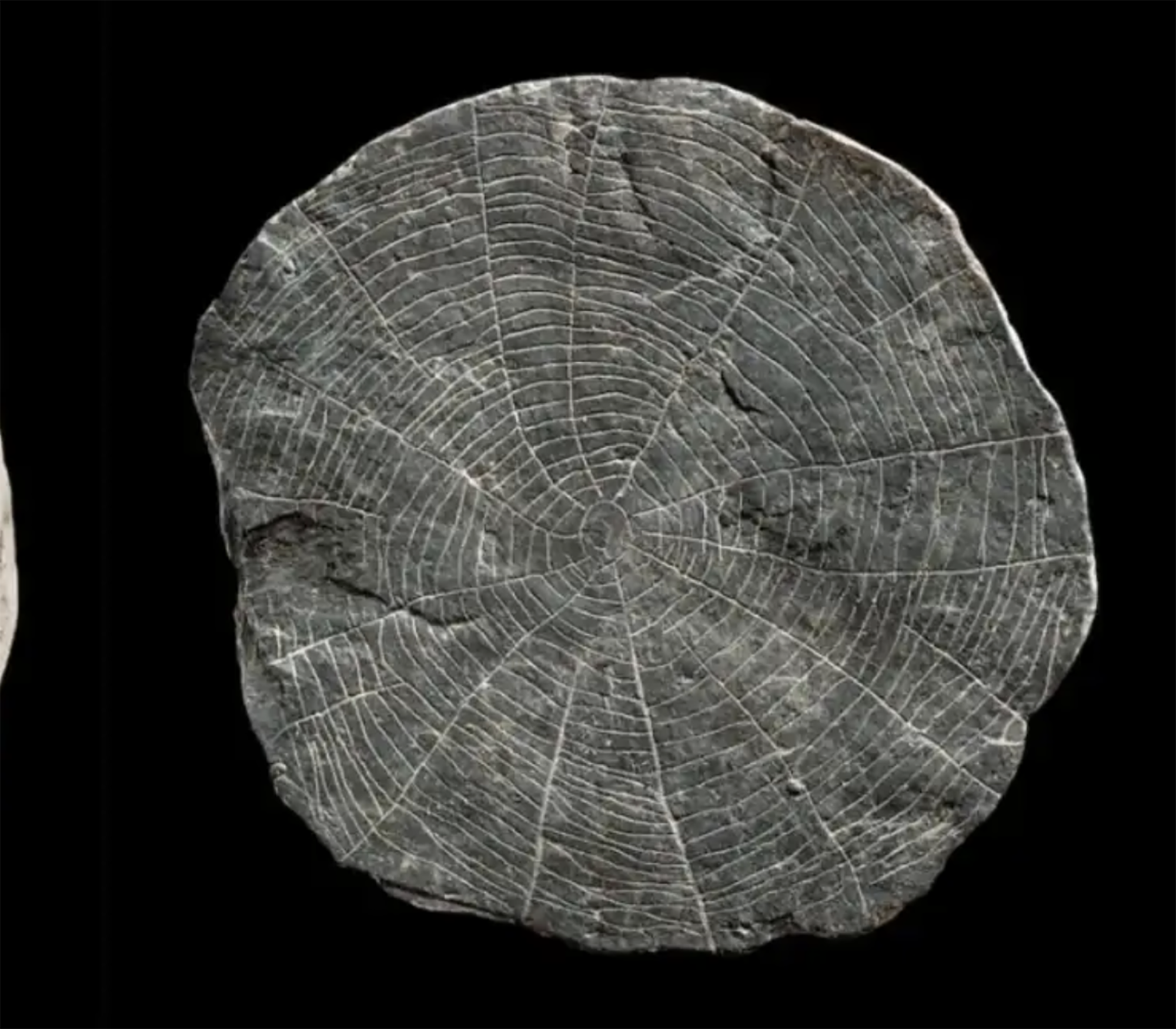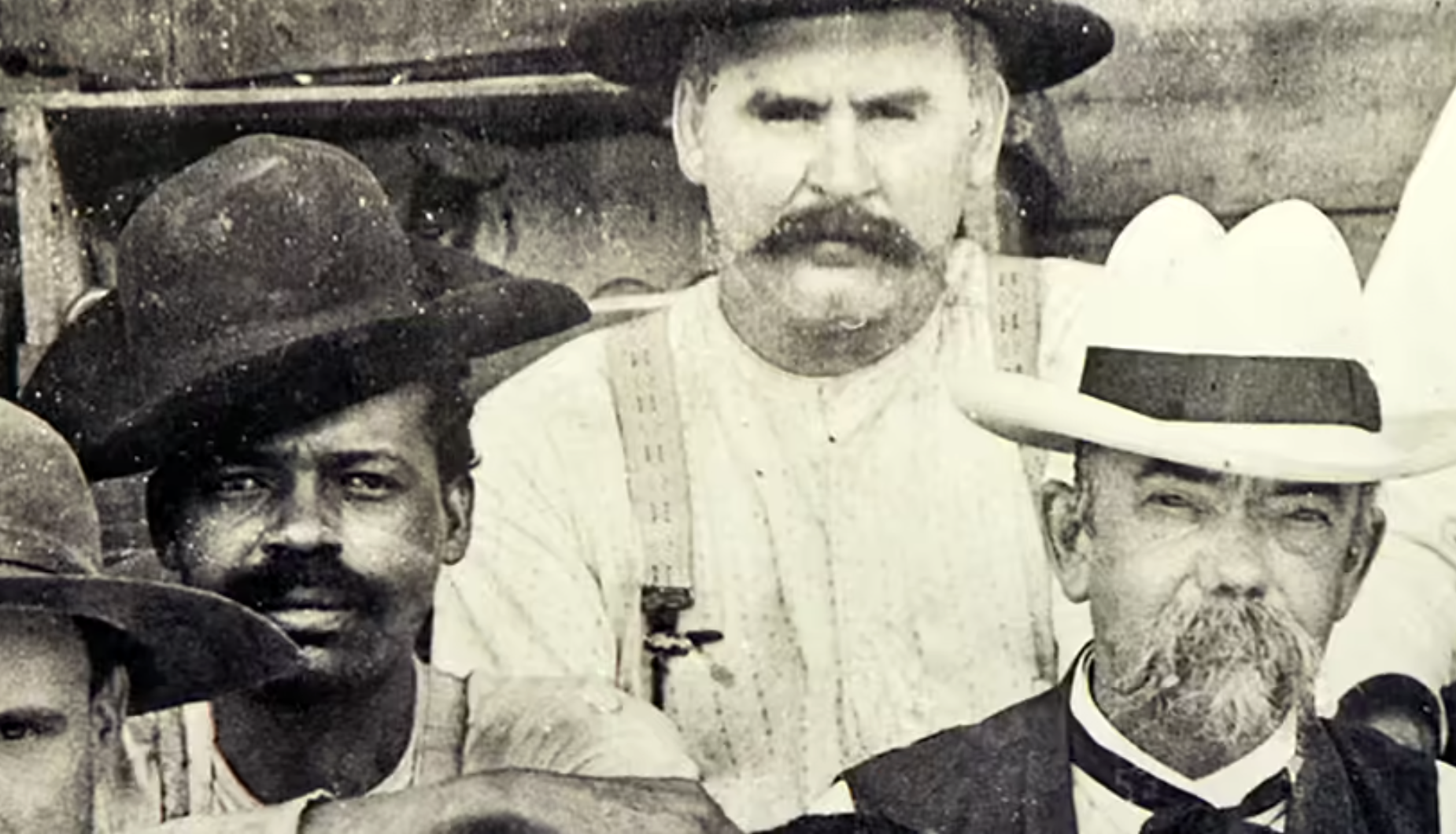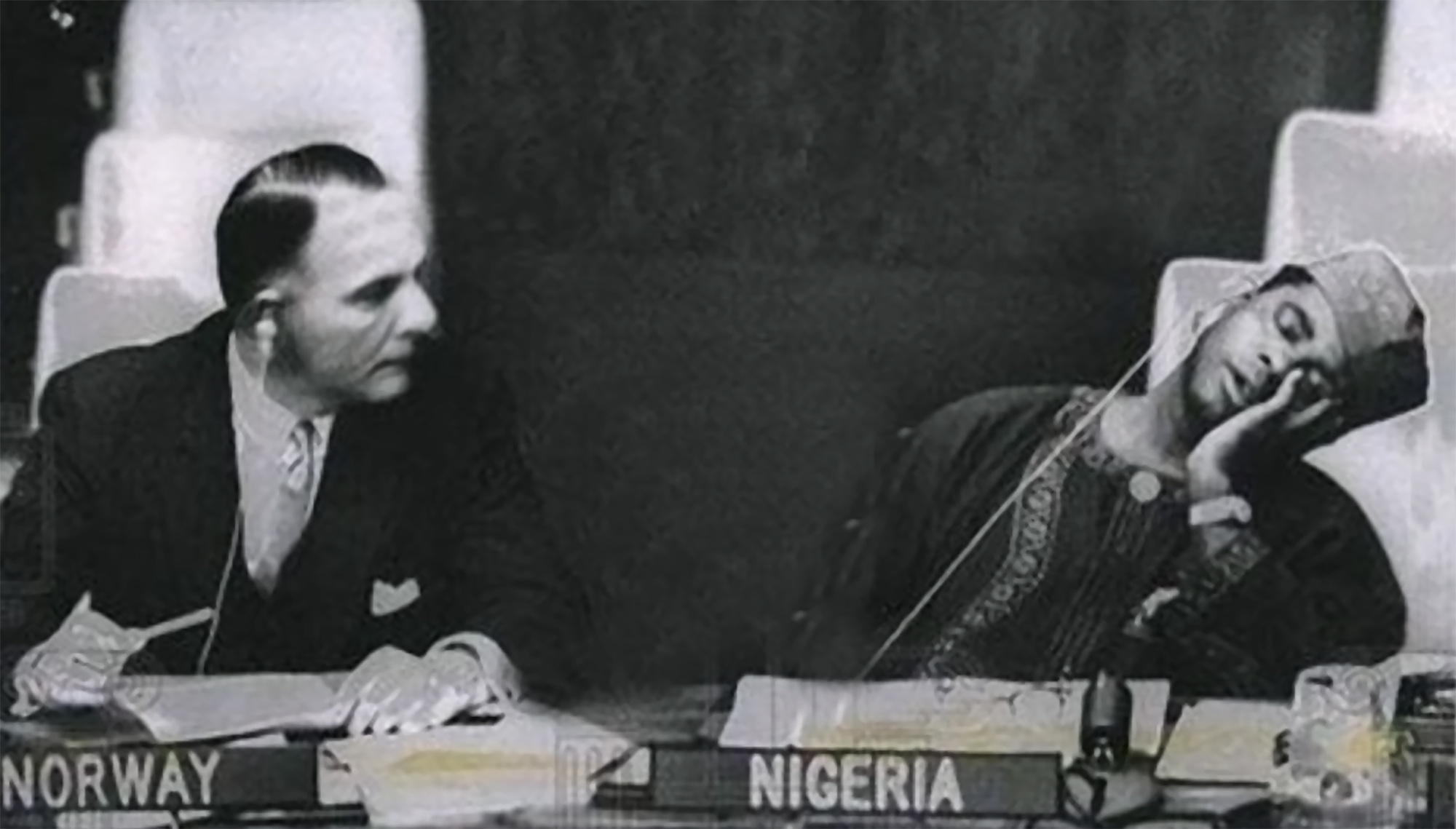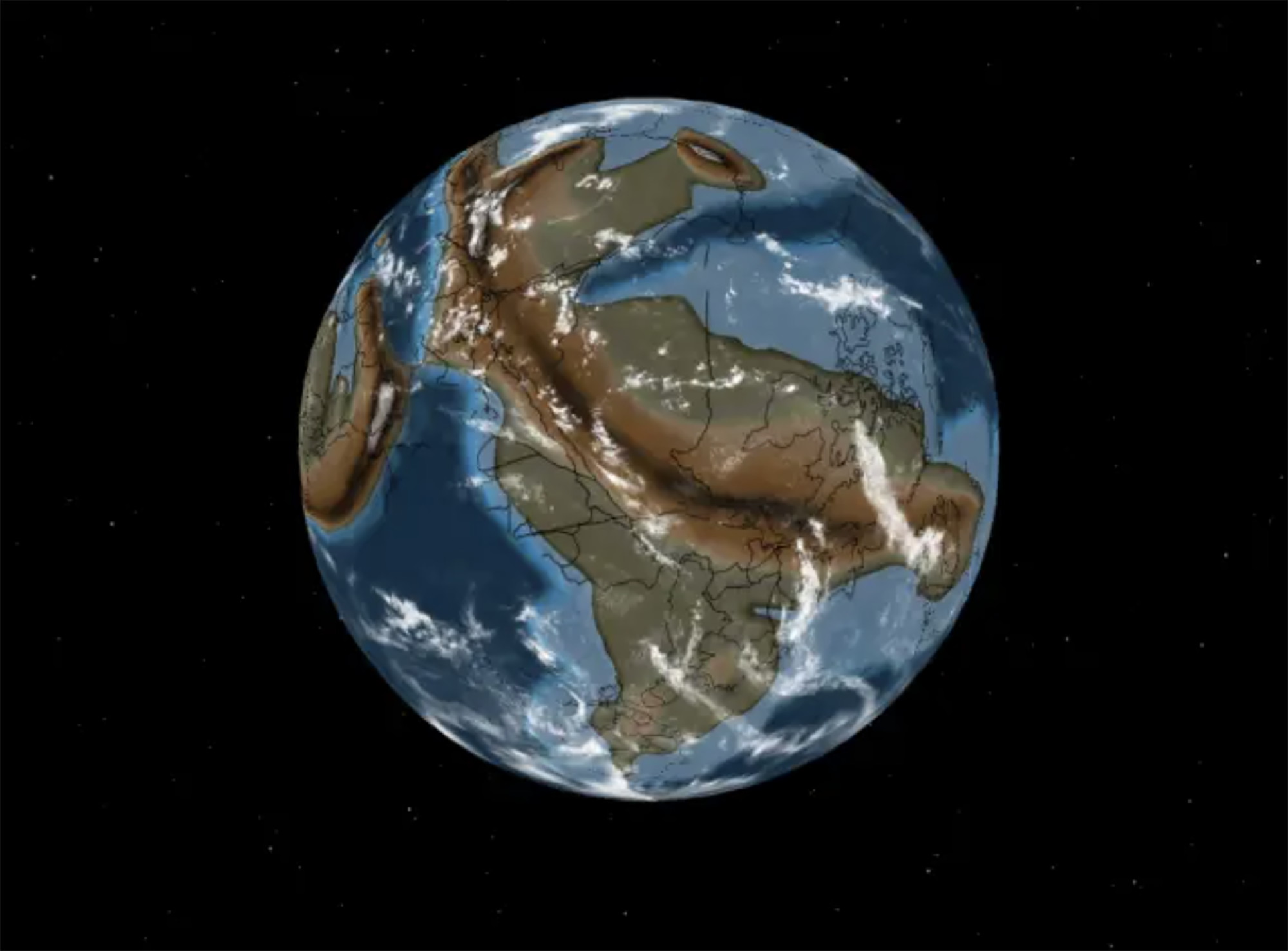Forensic dentistry born from ashes
- In 1897 the Bazaar of Charity was organized in a wooden barracks in Paris, a fire caused the death of 126 people, of whom 120 were women. Many of them are of high society and identified with the pieces deposited in calcined bodies. Forensic dentistry was born out of the beat of classism.

Paris, 4 May 1897. The upper class of the city met, as in recent years, in Charity Bazaar. The event began in 1885 and was already one of the most prominent dates of the Parisian social calendar. The rich sold and bought some works of art, books and hardware to deliver to those who needed it most and, in passing, to boast of their social position. For the market of that year, a wooden barracks of 80 meters long and 20 meters wide was built, and the roof was made with fabric packed. On one side of the barracon, a new invention was put in place to attract and entertain visitors: the cinematographer.
But the gadget didn't work well, the technician said there was no proper ventilation. And around 16:15, when the kinematographer's ether lamp was turned off, the worker turned on a fence to see what happened. The fence caused a small explosion and soon the whole barracks burned. The revolving doors were stuck and those who had not died were crushed to death.
They were willing to fake charity, but not to bury blended ladies and creatures. And the solution occurred to the Consul of Paraguay: to go to the dentists of the deceased, to obtain the files of their teeth and to compare them with the teeth of the deceased.
A total of 126 deaths, 120 women. It is true that the event brought more women together, although not in that proportion, and that their clothes favored fire and impaired movements of escape. But most men preferred to change the concept of “women and children first”. At first the authorities wanted to blame the anarchists, but as it was clear that it was an accident, the worker who was handling the cinematograph was sentenced to eight months in jail, who would then commute him because he tried to save several people.
But in addition to sharing responsibilities, they had another job: identifying burned bodies. And the jewelry on top of the upper class checkers didn't work for it, because the corpses were looted that same night. The families of the high-level victims needed a solution. They were willing to fake charity, but not to bury blended ladies and creatures. And the solution occurred to the consul of Paraguay: to go to the dentists of the deceased to obtain their dental files and compare them with the teeth of the deceased. Thus were identified, among others, Sofia Carlota of Bavaria, sister of empress Sissi of Hungary, wife of the Spanish consul and other members of the aristocracy and the bourgeoisie able to pay for dental services. Poor victims who could not afford the dentist were buried in a mass grave.
And so, from the ashes of Charity Bazaar and classism, forensic dentistry emerged.
Vietnam, February 7, 1965. The U.S. Air Force first used napalma against the civilian population. It was not the first time that gelatinous gasoline was used. It began to be launched with bombs during World War II and, in Vietnam itself, it was used during the Indochina War in... [+]
Archaeologists have discovered more than 600 engraved stones at the Vasagård site in Denmark. According to the results of the data, dating back to 4,900 years ago, it is also known that a violent eruption of a volcano occurred in Alaska at that time. The effects of this... [+]
Japan, 8th century. In the middle of the Nara Era they began to use the term furoshiki, but until the Edo Era (XVII-XIX. the 20th century) did not spread. Furoshiki is the art of collecting objects in ovens, but its etymology makes its origin clear: furo means bath and shiki... [+]
In an Egyptian mummy of 3,300 years ago, traces of Yersinia pestis, the bacterium that caused the Justinian plague in the 6th century and the Black Plague in the 14th century, have just been found.
Experts until now believed that at that time the plague had spread only in... [+]
Greenland, the end of the 10th century. The first Scandinavian explorers and settlers arrived on the island. But by the 15th century these settlements had been abandoned and the original Inuit remained. But in 1721, the missionary Hans Egede organized an expedition and the... [+]
In 2017, Indonesia and the Netherlands signed an agreement to return the heritage stolen by the European country because of colonialism for three centuries. The Indonesian responsible for the return process, Gusti Agung Wesaka Puja, explained that this agreement "was important in... [+]
Greece 1975. The country began the year as a republic, three weeks earlier, in the referendum on 8 December 1974, after the citizens decided on the end of the monarchy.
A decade earlier, in 1964, when King Paul I died, his son Constantine took the throne at the age of 23.
But... [+]
Copenhagen, 18 December 1974 At 12 noon a ferry arrived at the port, from where a group of about 100 Santa Claus landed. They brought a gigantic geese with them. The idea was to make a kind of “Trojan Goose” and, upon reaching the city, to pull the white beard costumes... [+]
Tennessee (United States), 1820. The slave Nathan Green is born, known as Nearest Uncle or Nearest Uncle. We do not know exactly when he was born and, in general, we have very little data about him until 1863, when he achieved emancipation. We know that in the late 1850s Dan... [+]
New York, 1960. At a UN meeting, Nigeria’s Foreign Minister and UN ambassador Jaja Wachucu slept. Nigeria had just achieved independence on 1 October. Therefore, Wachuku became the first UN representative in Nigeria and had just taken office.
In contradiction to the... [+]
Researchers at Johns Hopkins University have discovered several cylinders with inscriptions at the present Syrian Reservoir, the Tell Umm-el Marra. Experts believe that the signs written in these pieces of clay can be alphabetical.
In the 15th century a. The cylinders have... [+]
London 1928. At the Victoria and Albert Museum there was a very special painting: in the painting there is a black man, with wig and Levite, surrounded by books and scientific instruments. Thus it was catalogued in the Museum: “Unique satirical portrait representing a failed... [+]
Ethiopia, 24 November 1974. Lucy's skeleton was found in Hadar, one of the oldest traces of human ancestors. The Australian hominid of Australopithecus afarensis is between 3.2 and 3.5 million years old.
So they considered it the ancestor of species, the mother of all of us. In... [+]
A group of archaeologists from the University of Berkeley, California, USA. That is, men didn't launch the lances to hunt mammoths and other great mammals. That was the most widespread hypothesis so far, the technique we've seen in movies, video games ...
But the study, published... [+]

























